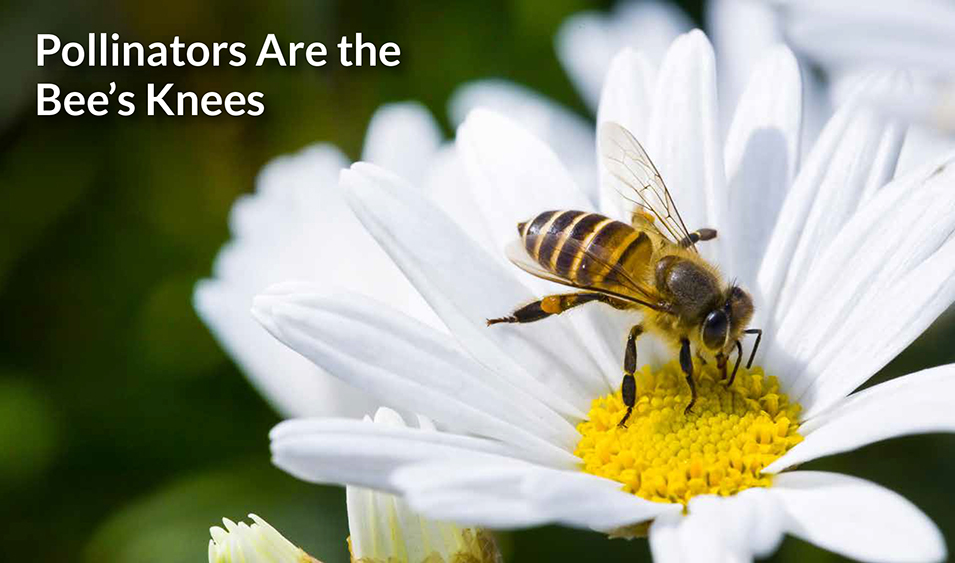
Pollinators are the bee’s knees for global crop production
Did you know that you could help increase the world’s crop production just by planting some daisies, marigolds or other wildflowers around your property? It’s true.
Wildflowers attract honeybees, which are nature’s most important pollinators. Any crop grower should be happy to see honeybees and other pollinators buzzing around the acreage, but until now, we’ve never realized just how much a difference small farms around the world can make to our available food supply. A recent study published in Science Magazine showed that attracting more bees and other pollinators to small farms could close the gap between poor-producing farms and the most productive farms by nearly 25 percent.
Science News explains:
Coaxing more bees, beetles and other pollinators to buzz around small fields could on average boost crop yields enough to close the gap between the worst and the best of these farms by almost a quarter, says agroecologist Lucas Alejandro Garibaldi of the National University of Río Negro and Argentina’s CONICET research network.
This yield gap has excited much interest from people studying the future of the world’s food supply at a time when the explosive growth of the human population needs more, more and even more. Some researchers have estimated that food-growers will need to double agricultural production by 2050 to keep up with the need. “Closing the yield gaps is a key part of the solution, particularly in areas with there’s a poverty trap created by malnourishment, low yields, little income and many other factors,” says Paul West, codirector of the Global Landscape Initiative at the University of Minnesota in Saint Paul.
To see whether improving pollination could make a noticeable difference, Garibaldi and an international network of researchers carefully used the same sampling protocols to observe 344 fields on large and small farms in Africa, Asia and South America over the course of five years. Looking at 33 crops that need pollinators — raspberries, apples, coffee and so on — the researchers monitored pollinator visits and diversity as well as the ultimate yields.
Nature.org estimates that “the monetary value of honey bees as commercial pollinators in the United States is estimated at about $15 billion annually.” That’s a number that gets our attention.
Make yourself attractive
Whether you’re interested in improving the world’s food production or even your own, it’s never a bad idea to make your property pollinator-friendly. Pollinator.org offers a number of guides for attracting bees and other pollinators to your property, no matter the type or region. Or to get started on more general terms, check out this video: